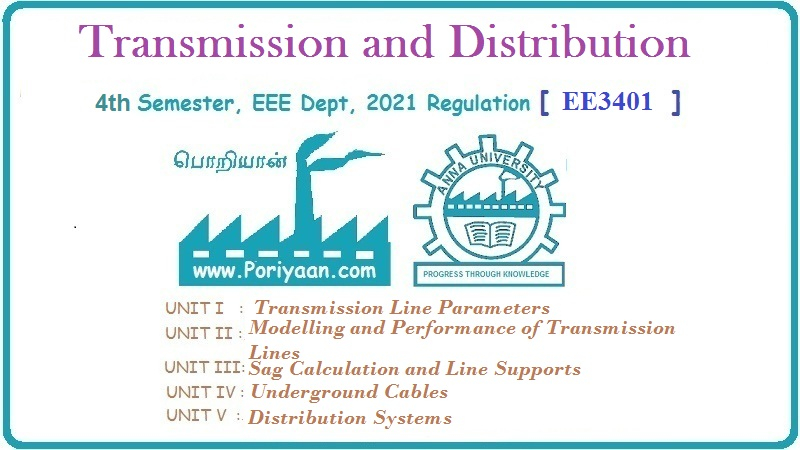Transmission and Distribution: Unit V: (b) Substations and Grounding
Air Insulated Switchgear Substation (AIS)
In this type of switchgear substation, atmospheric air is used as the phase to ground insulation for the switchgear of an electrical substation. The installations of AIS are generally outdoor. These type of substions are popular in 400 kV substations.
Air Insulated Switchgear
Substation (AIS)
In this type of switchgear substation,
atmospheric air is used as the phase to ground insulation for the switchgear of
an electrical substation. The installations of AIS are generally outdoor. These
type of substions are popular in 400 kV substations.
All equipments in air insulated
switchgear substations are exposed to weather conditions. The busbars and
equipment terminations normally open to air. The insulation properties of
ambient air are used for insulation to ground.
The advantages of AIS substations are as
given below :
1. This arrangement is best suited for
low voltage rating substations and where plenty of space is available for installation.
2. The expansion for future is easier.
3. Time required for erection is less.
4. The propogation of fault from one
point to another is less likely as the equipments are spaced away from each
other sufficiently.
5. Location of fault is easier and all
the equipments in AIS switchyard are within view.
6. The construction work to be carried
out is comparatively less.
The limitations of AIS substations are
as given below :
1. Space requirement for erection is
large.
2. As the equipments are exposed to
atmosphere, outdoor switch yards are more vulnerable to faults.
3. Lesser reliablity as it is exposed to
lightning strokes and other external conditions such as winds, rains and
cyclones.
4. Periodic maintainance is required due to exposure of this type of installation to outside environment.
Transmission and Distribution: Unit V: (b) Substations and Grounding : Tag: : - Air Insulated Switchgear Substation (AIS)
Related Topics
Related Subjects
Transmission and Distribution
EE3401 TD 4th Semester EEE Dept | 2021 Regulation | 4th Semester EEE Dept 2021 Regulation
